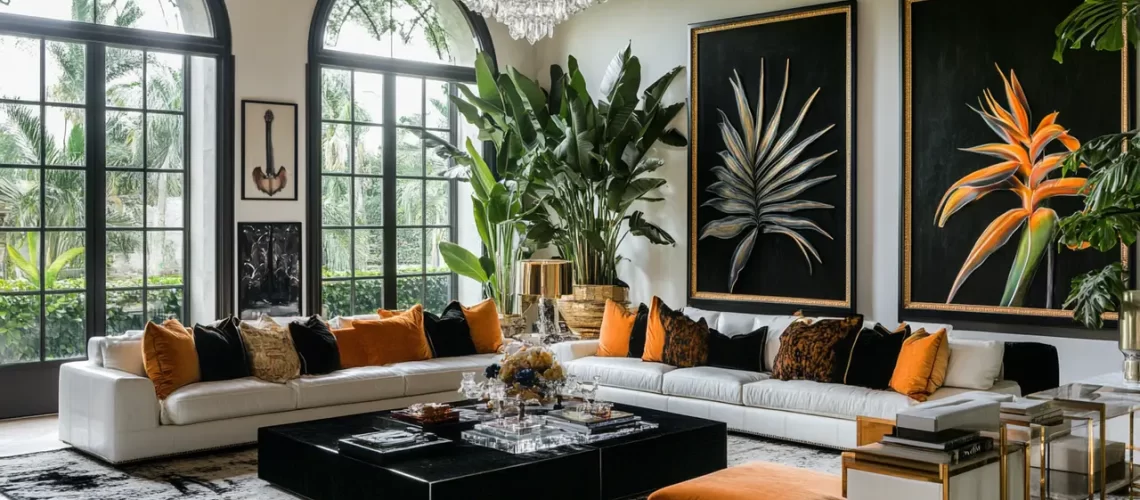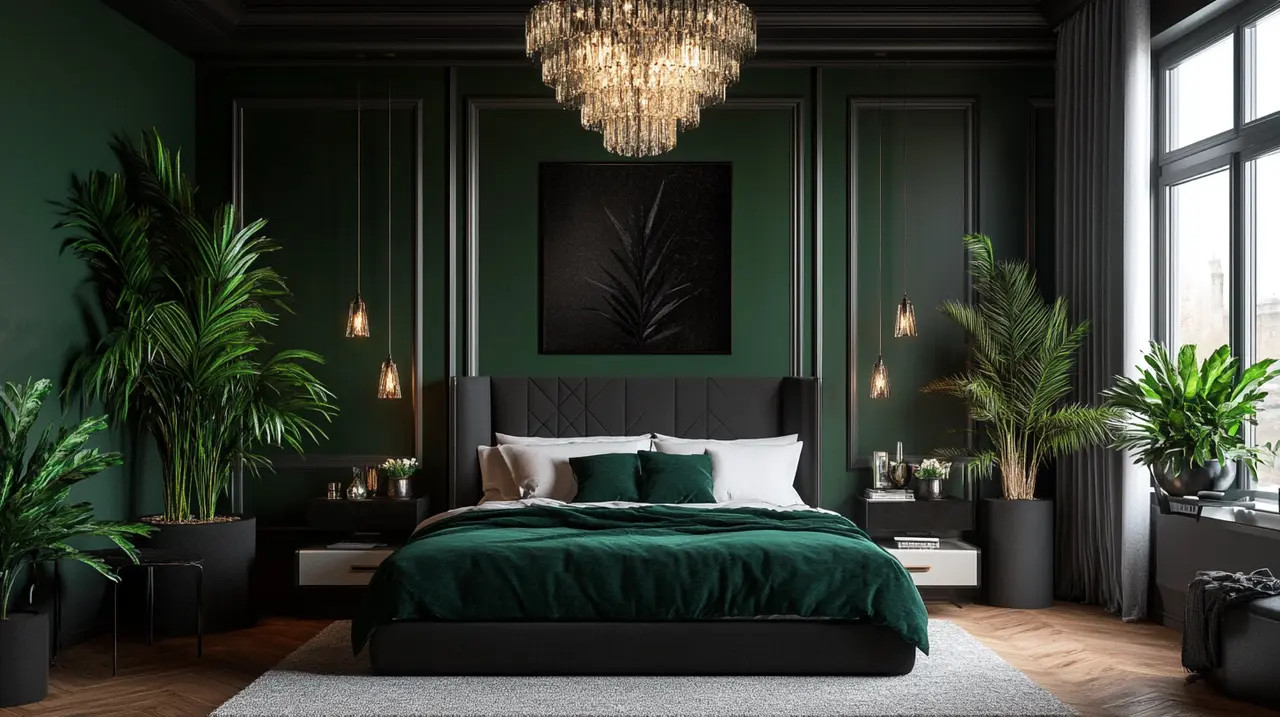Artistic home design is more than just putting together a few colors and textures; it’s about creating a space that speaks to you personally while making a statement. In this blog, we’ll explore how color and texture play crucial roles in transforming your house into a creative haven.
Understanding the Basics of Artistic Home Design
Before diving into specifics, it’s important to understand the fundamental principles of artistic home design. This involves recognizing how colors and textures can communicate emotion and character within a space.
Central to artistic home design is the balance between color and texture, which together form the foundation of any creative interior. Color can set the mood, while texture adds depth and interest. Understanding the 7 fundamentals of interior design offers insight into how these elements work harmoniously to produce a cohesive and inviting space.
One common approach is to start with a neutral base and then introduce colors and textures as accents to bring vibrancy and uniqueness. Like a painter starting with a blank canvas, the neutral backdrop provides flexibility and adaptability, letting colors and textures breathe life into the space. This allows for the decor to evolve with changing trends or personal taste changes.
The Power of Color in Design
Color is a powerful tool in artistic design. It can evoke emotions, set the tone for a space, and even influence perception. Discover how different colors can be used strategically to create varied atmospheres within your home.
Perhaps one of the most intriguing aspects of color is its ability to transform emotions and environments. Warm tones such as reds and oranges exude energy and warmth, creating spaces that feel lively and inviting. On the other hand, cooler tones like blues and greens offer a sense of tranquility and calmness, perfect for spaces meant for relaxation. Using color theory fundamentals, you can artfully curate a color palette that aligns with the desired mood and ambiance.
Emerging trends encourage the use of contrasting bold colors to create visual interest and drama. For instance, a striking wall painted in deep teal paired with bright yellow accent pieces can energize a room. The key is to balance bold colors with subtler tones to avoid overwhelming the senses, achieving harmony within dynamism.
Also, consider light’s impact on color perception. Natural light can drastically shift how colors appear throughout the day, an element many overlook in design planning. Embracing such nuances enriches the living experience, showcasing how color’s potency in artistic home design extends beyond mere aesthetics.
Exploring Texture for Depth and Interest
Texture adds depth and dimension to a space, making it both visually and physically engaging. Learn how to layer textures in your home design to enhance its artistic appeal.
Texture in interior design is akin to what spices are to cooking; it enhances and elevates the overall aesthetic experience. Incorporating varied textures like smooth silks against rugged woods or shiny metals can transform a room’s atmosphere, making it rich and intriguing.
By opting for textiles with diverse finishes, from plush rugs to leather sofas, you create a tactile sensation and bring warmth to the interior. Consider the role of texture in creating depth: a rough-hewn brick wall next to a creamy velvet curtain not only contrasts in texture but also contributes to the room’s visual narrative.
Moreover, the careful selection of textures can imbue a space with a sense of balance and unity. In rooms with smoother surfaces, integrating textured accessories can invigorate the decor, while in visually busy areas, soft textures can offer calm and cohesion.
Combining Color and Texture for a Cohesive Look
While both color and texture are strong elements on their own, combining them can elevate your design. Gain insight into how to blend these elements effectively for a seamless and aesthetically pleasing home environment.
The symbiotic relationship between color and texture can bring forth a sophisticated home design. Start with a color palette inspired by nature or your favorite art piece, pairing colors with suitable textures to emphasize their attributes. For example, if you choose earthy tones, textured jute or wool can complement these colors to create a rustic yet polished environment.
To maintain cohesion, use textures that reflect the chosen color scheme. This approach ensures that the textures don’t clash but rather contribute to the overarching theme. Subtle textured features, like a woven wallpaper, can echo the room’s paint color or an upholstery pattern, tying the design elements together seamlessly.
Don’t shy away from utilizing contrasting elements to create focal points and interest. A room dominated by light colors can be awakened with a bold, textured centerpiece, like a deep blue velvet armchair, drawing the eye and establishing a visual command in the space.
Practical Tips for Your Home Design
Ready to start designing? Here are some practical tips and ideas to inspire your artistic journey, helping you create a space that’s both functional and full of personality.
Begin by crafting a mood board to visualize your design aspirations, a tool invaluable for aligning colors and textures with your space’s intention. Experiment with swatches and samples to see firsthand how colors and textures interact in the intended room.
Attention to scale is vital; ensure that the colors and textures complement the size and function of the room. In small spaces, lighter colors and finer textures can expand the perception of space, while larger rooms can accommodate bolder, coarser textures, adding character and intimacy.
Think sustainably by opting for environmentally friendly paints and organic textiles. These not only contribute to a healthier home environment but also offer unique finishes and textures that tell a story about conscientious living.
For ongoing inspiration and guidance, consult our experts who can provide personalized insights into weaving color and texture into your home’s design seamlessly.
Embrace the Art of Design
Incorporating color and texture into your artistic home design can truly transform your living space into a personal expression of style and comfort. By thoughtfully considering the impact of different elements, you can create a harmonious environment that reflects your unique tastes and artistic vision.


